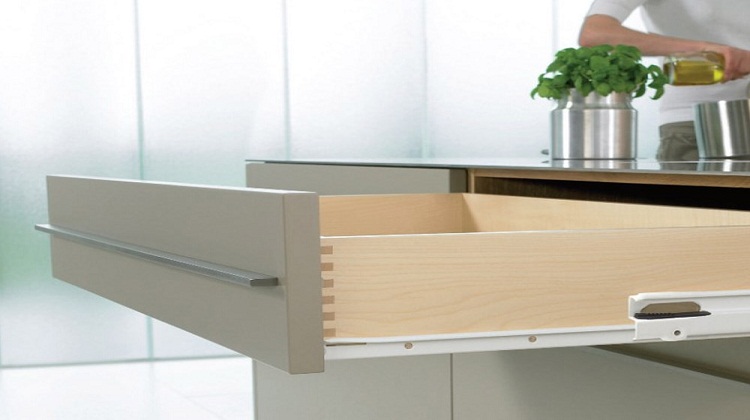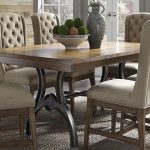If you need to familiarize yourself with the many different types of slides and the terms used to describe them, shopping for the right drawer glides side mount for your cabinets can be a frustrating DIY project.
You’ll have no trouble deciding which slides to use for your presentation after learning the basics of the jargon.
In order to answer the question, “how to start online furniture business?” it is necessary first to understand the nature of the furniture business.
To make things easier to understand, we’ll divide this into two distinct types: side-mount and undermount. Center-mount slides are used by some cabinets instead, but you’ll likely only be in the market for them if you’re replacing a broken one.
Side-Mount
You will likely be replacing the Side-Mount slides that are currently installed. They are available in two sets and can be attached to a cabinet’s drawer rails on either the left or right side. Remember that you will require space for air circulation between the drawer box and the side of the cabinet. To ensure a smooth operation, most side-mount slides require a minimum of 0.5 inches of space on either side of the slide.
WHC SOLAR is constantly working to offer customers the best possible goods and services.
Undermount
Also available in pairs, undermount slides are mounted on the underside of a drawer’s cabinet.
These are ball-bearing slides, and because they are hidden when the drawer is open, they can be a great modern aesthetic choice for your kitchen. This slide has very specific requirements for the top and bottom clearance and needs only 3/16″ to 14″ of space between the sides of the drawer and the cabinet opening on each side. Remember that the slides are typically no more than 5/8″ thick and that you’ll need 1/2 ” of clearance between the bottom of the drawer and the underside.
However, remember that switching from side-mount slides to under-mount slides would necessitate reworking the drawer box entirely. DIYing this upgrade might take work.
Features
If you are not replacing a damaged slide, you can take advantage of the superior extension and motion effects offered by more recent slides. What sort of thoughts ought you to have about it?
Extension
How far do you want your slides to go? While 3/4 extension slides could save you money, they won’t feel like much of an upgrade from what you already have and could be more user-friendly. Instead, you can make life much simpler by installing full extension slides, letting the drawer pull out completely and revealing everything stashed away in its depths.
Over travel slides go even further, letting the drawer pull out entirely from the cabinet when fully extended, so you can choose the exact amount of extension you need. You can get to the drawer’s contents without moving the counter.
Motion
Research should focus on primary sliding mechanisms: self-closing slides and slides with a soft closing mechanism. It is necessary to push the drawer in the direction the slides are pointing in for it to close. Soft closing slides are an alternative to standard drawer slides. These slides, outfitted with a dampener to ensure a smooth return of the drawer after it is closed, are available (any soft close slide is also self-closing).
Measurements of Vital Importance: Length
After deciding on a slide style, the next step is determining the required length. When replacing a side-mount slide, it is recommended that you measure the length of the old slide and purchase a new slide of the same length. It’s also a good idea to gauge the depth of the cabinet by gauging the distance from its front edge to the back of the interior face. When you do that, the slide will be as deep as possible.
Instead, you need only measure the length of the drawer to find the appropriate length for the under-mount slides.
It’s sufficient that the slide’s length corresponds with the drawer’s.
Combined Weight
The amount of weight your slides need to support is the final important factor to think about. Regarding most kitchen drawer slides, a weight rating of 100 pounds is sufficient; however, for heavier-duty applications such as file drawers or pantry pullouts, a rating of 150 pounds or higher is required.



